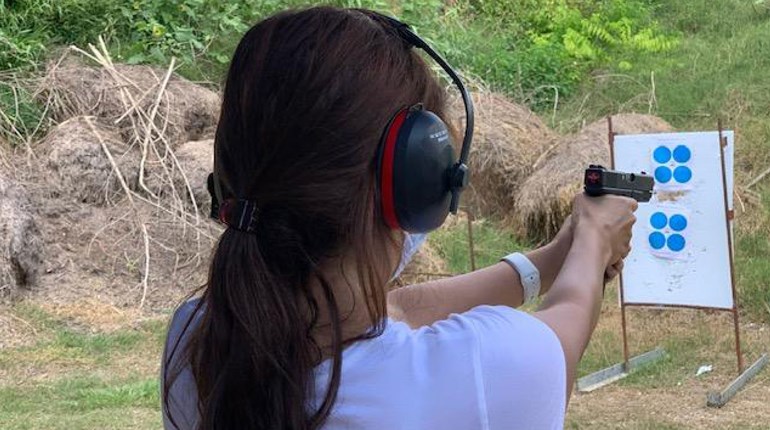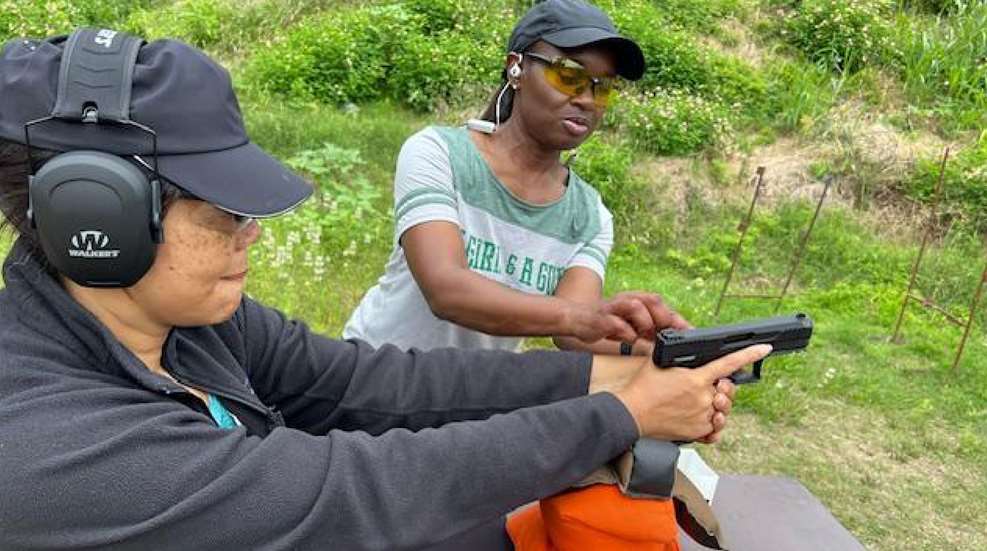
To be a responsible gun owner, it is incumbent on you to get the training necessary to learn the safe and proper use of your firearm, taking all necessary precautions to prevent an accidental discharge. After all, an accidental discharge can lead to property damage, serious bodily injury or death.
How do accidental discharges happen anyway? Lack of training, using improper accessories, and trying to cut corners to save money all lead to bad results, and could even result in one of the four common causes of accidental discharges:
- Failure to keep the finger off the trigger
- Failure to completely unload a firearm
- Failure to secure a firearm in a properly fitting holster
- Failure to designate the appropriate use of a firearms in a classroom as a training aid, exhibition or even on a movie set
1. Failure to Keep Finger Off the Trigger
The most common cause of an accidental discharge is failing to follow the second rule of firearm safety. While the first rule is to ALWAYS keep the gun pointed in a safe direction, the second rule of firearm safety is to ALWAYS keep your finger off the trigger until ready to shoot. This is called “indexing” your finger.
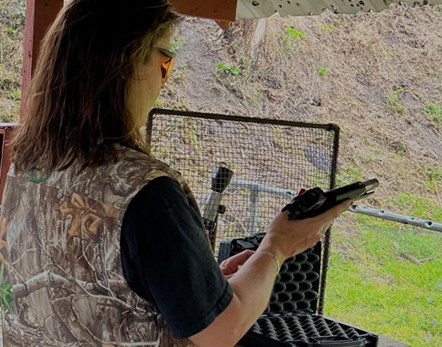
Anytime you pick up a firearm, load and/or charge, and align the sights on a firearm, your “trigger finger” should be indexed. Indexing is when you lay your trigger finger along the frame, above the trigger assembly and parallel with the slide or barrel. The indexed finger should stay in this position until ready to fire. Police officers are extensively trained in following this rule because they constantly handle their firearms. It has been shown that trained law enforcement officers can move their trigger finger from the indexed position to the trigger without any significant delay in shooting in order to stop a threat.
Indexing should be instinctive every time a firearm is picked up or drawn from a holster. The only way this can become second nature and automatically performed without thinking about the concept is through muscle memory, which is achieved through repetitive movement. Indexing is so important that this repetitive motion should not only be performed at the gun range, but by dry firing at home. To do this, double check your firearm to ensure that it is unloaded and make sure there is no live ammunition in the area. Next, place the firearm on the table, then pick it up consciously indexing your trigger finger. Then set the firearm back on the table and pick it up again. Do this until indexing becomes performed without thinking about it.
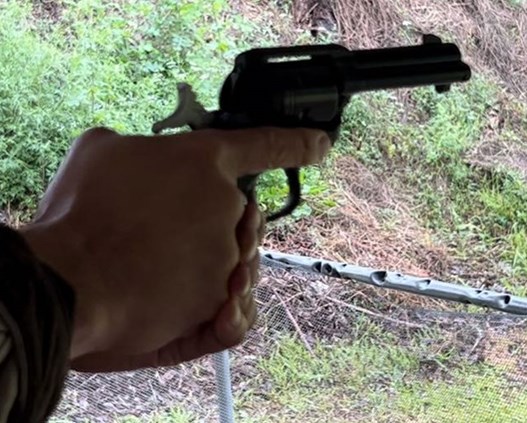
Picking up a firearm without indexing creates a vulnerable situation and invites danger. Semi-automatic pistols can easily be discharged once the finger is placed on the trigger. For revolvers being operated in single-action mode, a shooter who does not index her finger while cocking back the hammer might be gripping the firearm very tightly and, without being aware, is depressing the trigger. The revolver discharges once the trigger is touched and the hammer is released.
2. Failure To Completely Unload Gun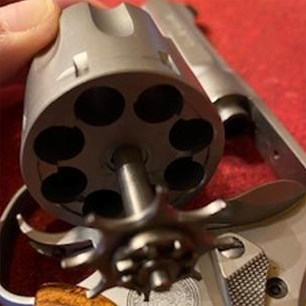
Another common situation that can lead to accidental discharges is when a shooter fails to completely unload the firearm. This situation occurs when the shooter removes a pistol’s magazine and forgets about the one round that is still loaded in the chamber. This can also occur when shooting a revolver and the shooter loses count of the shots and leaves a live round in the cylinder.
Anytime a shooter is finished firing his or her gun, it should be completely unloaded. Once again, repetition develops the muscle memory to properly go through the unloading process. With a pistol, the shooter should remove the magazine, work the action by sliding or racking it back and forth, and then locking the slide back and open to the rear. With the magazine removed and the slide locked to the rear, the shooter should visually and physically (by touching the open action with the fingers) inspect the firearm to verify the firearm is unloaded. The shooter should then verbally declare the gun is safe by saying “Safe Gun” or “Clear” to let others know the firearm is safe, unloaded, and clear.
If the shooter is using a revolver, a similar process to clear the gun must be followed. The shooter should depress the cylinder release on a double action revolver and roll out the cylinder. Using the palm of your non-shooting hand, the extractor rod should be sharply depressed while the shooting hand is firmly holding gun with the muzzle pointing upward. The shooter should then visually and physically inspect the firearm to ensure it is unloaded. On a single-action revolver, the cylinder should be rotated until daylight is seen through each of the chambers. Like unloading a pistol, once the revolver is verified as clear, the shooter should verbally declare, “Safe Gun” or “Clear” as confirmation.
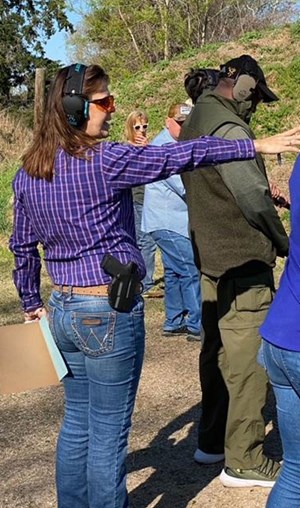
3. Failure To Secure a Firearm in a Proper Holster
Accidental discharges can also occur if the shooter fails to secure his or her firearm in a proper holster. The holster should prevent the firearm from falling out of it. If a firearm falls from its holster, there is the possibility of an accidental discharge when the gun hits the ground. A proper holster should be one that securely holds the firearm while covering the trigger yet allows the wearer to easily draw the gun when needed.
Firearms should always be carried in a properly fitting holster regardless of where it is worn or how it is carried. This is especially true if the firearm is a semi-automatic pistol, and it is carried in a purse or bag, or even in the front pocket of pants or a jacket. A holster prevents items from entering the trigger guard and accidentally pulling the trigger when items are retrieved from the purse, bag or pocket.
A properly fitting holster is also important when carrying a revolver. A holster can prevent a revolver’s hammer from being accidentally cocked during normal movement or when pulling from the pocket or handbag.
4. Failure To Designate Firearm Use 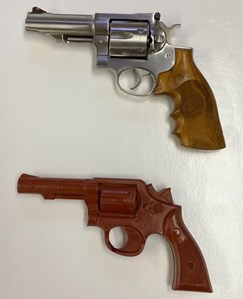
Failing to designate a firearm’s use can lead to accidental discharges. This means purchasing firearms that are to be used only as exhibit guns or for demonstration purposes. This applies to firearm instructors, reenactors and armorers on movie sets. Any firearms used in the classroom, during performances, or on movie sets should never be used for target practice or any other live fire activity. There are many recorded instances where live rounds were mistakenly left in firearms and they made it back into classrooms, during reenactments and on movie sets.
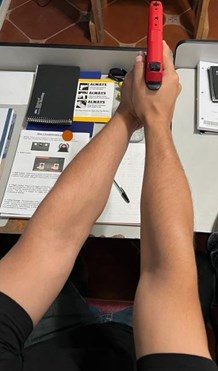
This creates a financial burden for those conducting firearms courses, volunteering for battle reenactments, and movie producers. In reality, by purchasing designated firearms that never are used for live fire because they are to be used in nontraditional ways can be much cheaper in the long run as opposed to injuring or killing another to save money. Not only can accidental discharges be much more expensive than buying designated guns, but you will also have to live with the consequences of a tragedy.
Accidental discharges can cause property damage, serious bodily injury or death of another. A responsible gun owner should seek any training that makes them a safer gun owner. This includes learning to index their finger while holding a firearm, and how to completely unload their gun. A responsible gun owner must also put out the expense it takes to secure their firearm. This includes properly fitting holsters, gun locks and gun safes. Lastly, firearm instructors, reenactors and movie producers need to understand the importance of having firearms designated as exhibit guns only—never to be loaded with live ammunition. Ever.
With the proper training and mindset, accidents are preventable. The safe and proper use of firearms is crucial for being a responsible gun owner. Remember, guns are only as safe as the person handling it, and people are only as safe as the training they get.














